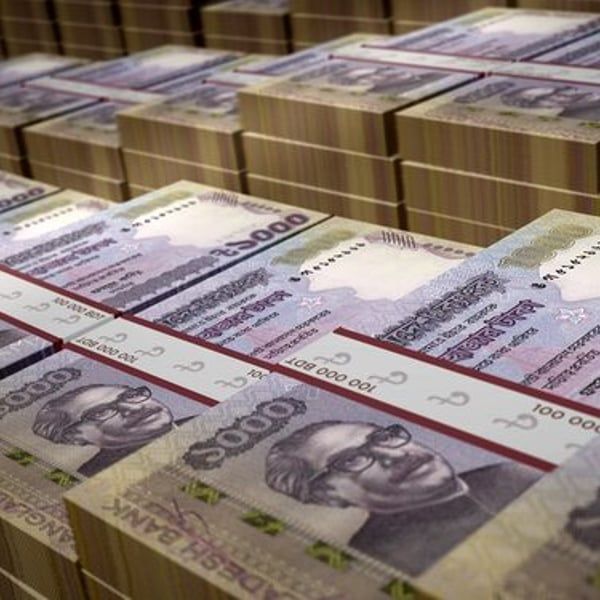By
Fiber2Fashion
Published
January 3, 2024
Bangladesh is poised for significant growth, with projections putting it as the world’s 20th largest economy by 2038, according to a forecast by the Center for Economics and Business Research (CEBR). This marks a jump of 17 spots from Bangladesh’s current 37th position in 2023.
Bangladesh’s economy has demonstrated resilience and consistent growth despite global challenges. In FY2021-22, the country saw an expansion of 7.1% and while growth moderated to 6% in FY23, it still left production 25.6% above pre-pandemic levels . However, this slowdown in FY23 was mainly due to a contraction in industrial activities, largely affected by reduced export demand from advanced economies.
The country faced economic headwinds, including a sharp depreciation of its currency and increases in fuel and energy prices. These factors contributed to a significant increase in production and transportation costs, which caused an increase in consumer prices. In 2023, inflation is estimated to have reached 9%, a marked increase from the 6.3% average seen in the decade leading up to 2021, according to the CEBR.
In response to these inflationary pressures, the Bangladesh Bank has adopted a tight monetary policy, increasing the policy rate to 6.5%. In particular, there has been a critical shift in the monetary policy framework, moving from a monetary targeting framework to an interest rate targeting framework. This change aligns with the country’s commitment to a unified market exchange rate system, a departure from the managed floating exchange rate system in place since May 2003.
Public debt as a percentage of GDP increased to 39.4% in 2023, up from 37.9% in 2022. Despite operating with a high fiscal deficit of 4.5% in 2023, the country’s low debt-to-GDP ratio has facilitated economic stability.
Looking ahead, the CEBR forecasts the annual GDP growth rate accelerating to an average of 6.8% between FY24 and FY28, decelerating to an average of 6.2% annually over the next decade.












